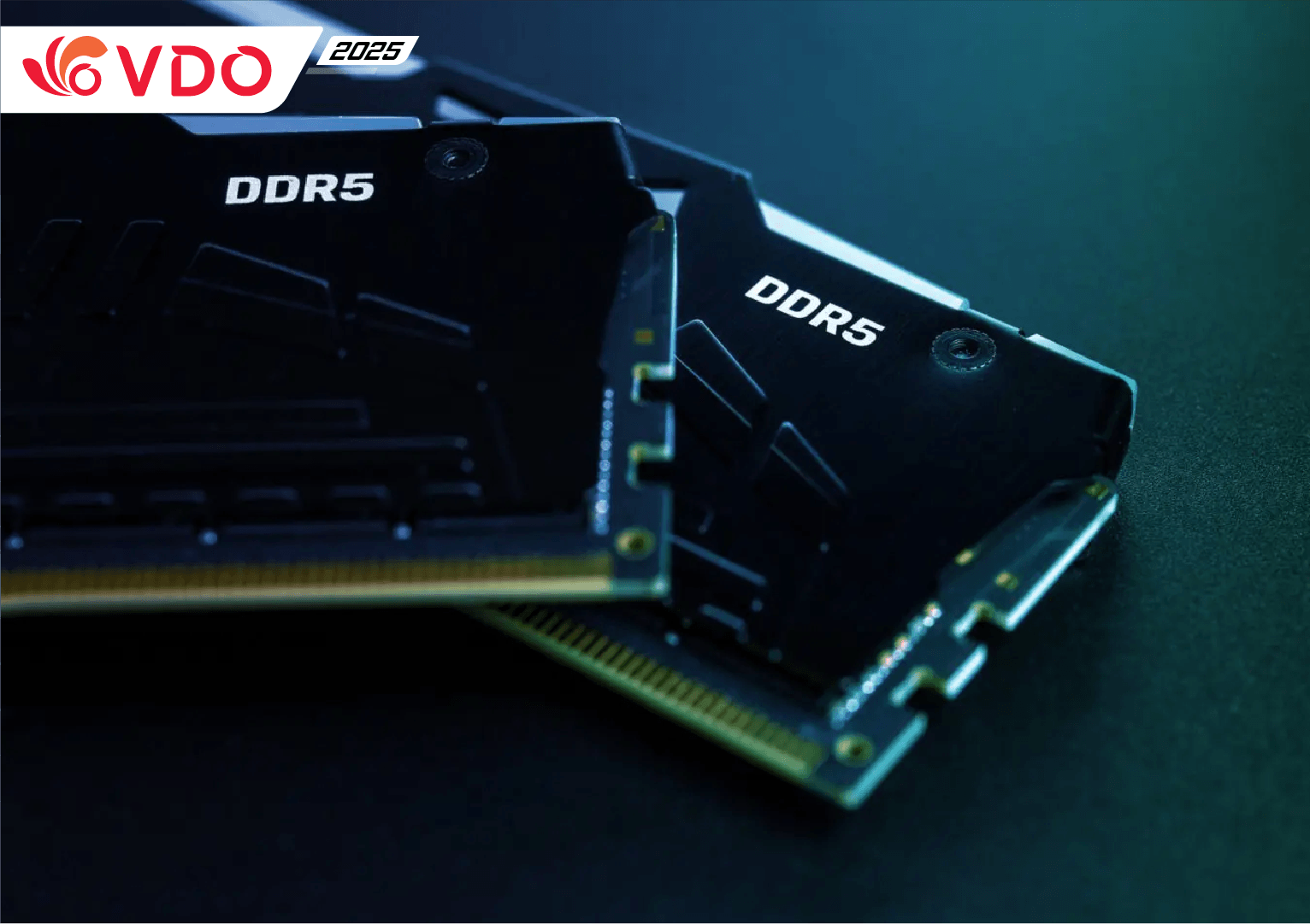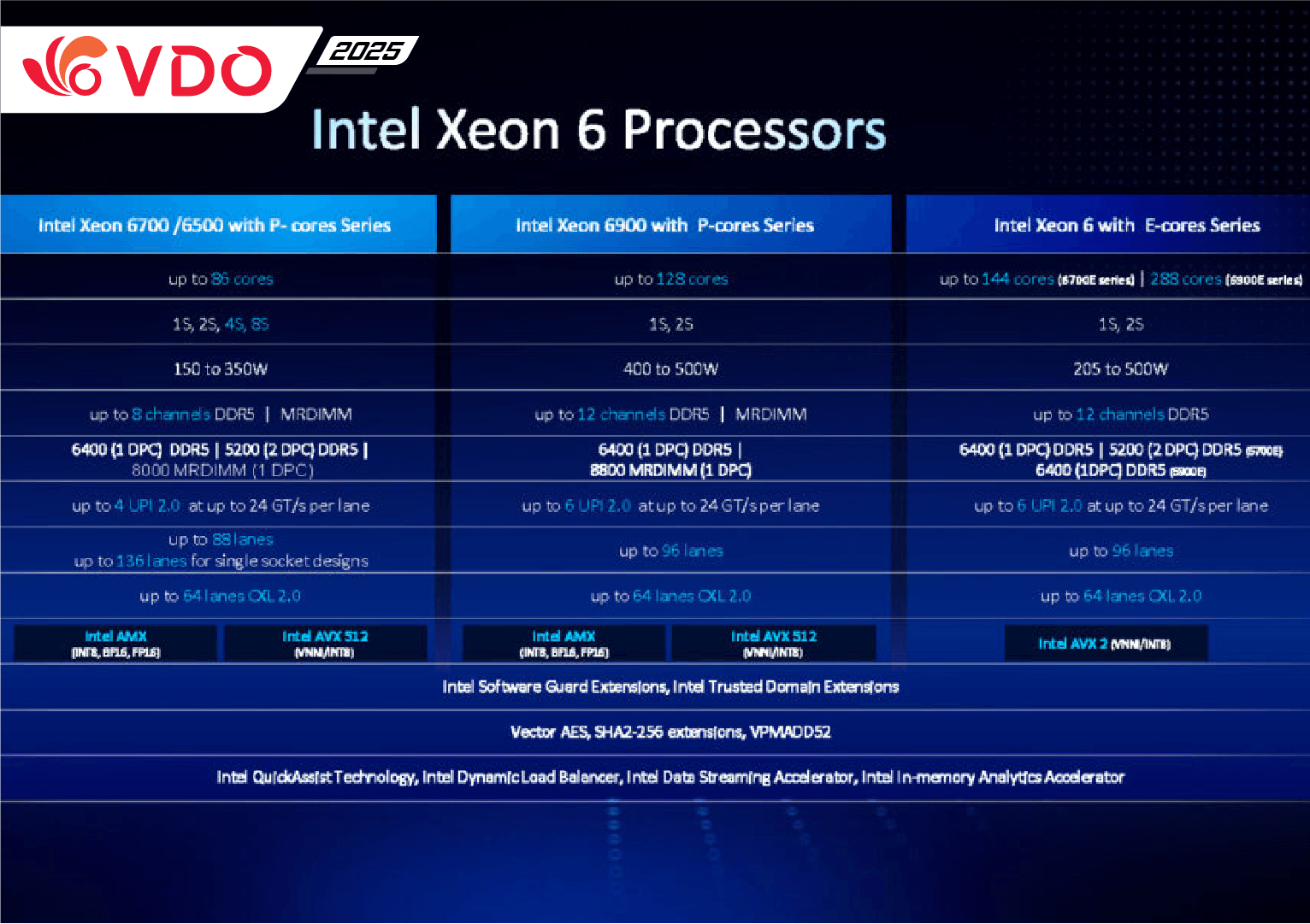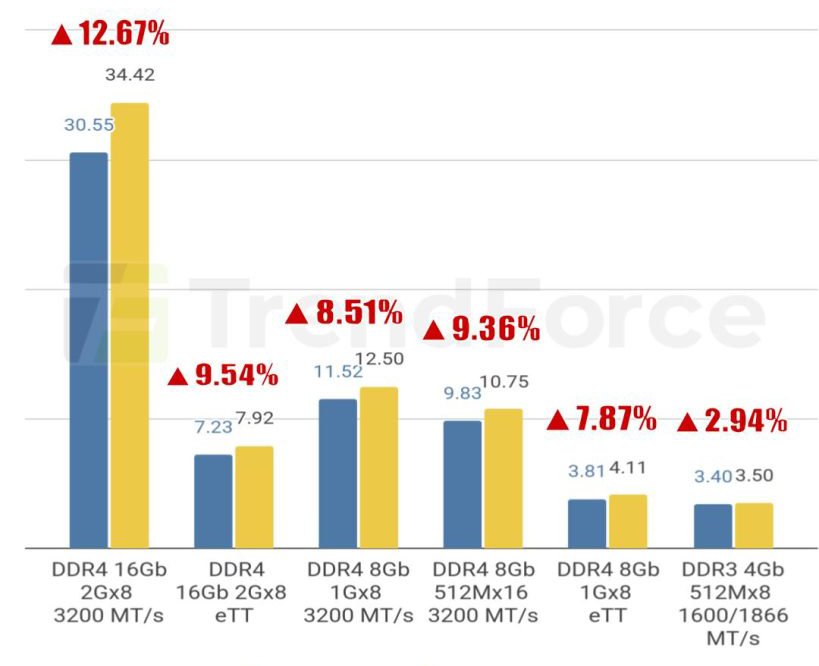Comparing Samsung’s MRAM and NRAM Technologies
Advanced Memory Technologies: A Comparative Analysis of Samsung’s MRAM and NRAM
Advanced memory technologies are among the most highly prioritized areas in the semiconductor industry. As one of the world’s leading memory manufacturers, Samsung has been at the forefront of developing next-generation memory solutions, including Magnetoresistive Random-Access Memory (MRAM) and Nanotube-based Random-Access Memory (NRAM). Below is a comprehensive analysis of these two technologies:
1. MRAM (Magnetoresistive Random-Access Memory)
a. Definition
MRAM is a type of non-volatile memory that stores data using the magnetoresistance effect rather than electric charges, as in traditional memory types such as DRAM or SRAM. It records information by altering the magnetic orientation of ferromagnetic layers.
b. Operating Principle
MRAM employs two magnetic layers separated by a thin insulating tunnel barrier. The resistance varies depending on whether the magnetic orientations are parallel or antiparallel, representing binary states “0” and “1.” Data writing is achieved by changing the magnetic direction using spin-transfer torque or field-induced switching.
c. Advantages
- High Speed: Comparable to SRAM in access time.
- Non-Volatility: Retains data even without power.
- High Endurance: Capable of millions of write/erase cycles.
- Low Power Consumption: More energy-efficient than DRAM and Flash.
d. Limitations
- High Manufacturing Cost: Due to complex materials and fabrication processes.
- Lower Storage Density: Not yet competitive with Flash in terms of capacity.
e. Applications
- Cache Memory: Ideal for high-speed and high-endurance requirements.
- IoT and Mobile Devices: Thanks to low power usage and non-volatility.
- Automotive Electronics: Suitable for mission-critical control systems.
f. Samsung’s MRAM Products
Samsung has developed eMRAM (Embedded MRAM) products, integrated directly into microcontrollers and processors.
- 28nm eMRAM: Optimized for IoT and mobile use.
- 14nm eMRAM: Designed for premium applications such as AI and automotive.
2. NRAM (Nanotube-based Random-Access Memory)
a. Definition
NRAM is a non-volatile memory technology that utilizes carbon nanotubes (CNTs) to store data. It relies on the resistance change in CNTs when an electrical current is applied.
b. Operating Principle
NRAM uses CNTs as storage elements. Data is written by changing the resistance state of the nanotubes. A high-resistance state represents “0,” while a low-resistance state indicates “1.”
c. Advantages
- High Speed: Comparable to DRAM in access time.
- Non-Volatility: Data remains intact even when power is removed.
- Extreme Endurance: Withstands billions of write/erase cycles.
- Low Power Usage: Greater efficiency than traditional memory types.
d. Limitations
- High Production Cost: Involves advanced materials and fabrication.
- Storage Density Challenges: Still under development and not yet on par with NAND Flash.
e. Applications
- Cache Memory: A potential replacement for SRAM and DRAM.
- AI & Machine Learning: Ideal for energy-efficient, high-speed processing.
- Mobile & IoT Devices: Due to non-volatility and low power needs.
f. Samsung’s NRAM Development
Samsung is actively researching NRAM, though it is not yet commercially available. The company has made significant investments and plans to release NRAM-based products in the near future.
3. MRAM vs. NRAM: A Comparative Overview
|
Feature |
MRAM |
NRAM |
|
Operating Principle |
Magnetoresistive effect |
Carbon nanotube resistance |
|
Speed |
High – SRAM-level |
High – DRAM-level |
|
Endurance |
Millions of write cycles |
Billions of write cycles |
|
Power Consumption |
Low |
Low |
|
Manufacturing Cost |
High – complex materials |
High – carbon nanotube materials |
|
Storage Density |
Lower than Flash |
Still developing, not yet competitive |
|
Key Applications |
Cache, IoT, automotive |
Cache, AI, IoT, mobile devices |
4. Conclusion
MRAM and NRAM represent two of Samsung’s most promising next-generation memory technologies. Both offer outstanding performance, durability, and energy efficiency.
MRAM has already been commercialized in the form of eMRAM products, while NRAM remains in the R&D phase. Nevertheless, both hold tremendous potential across key application domains such as AI, IoT, automotive systems, and mobile electronics.
Where to Buy Samsung MRAM and NRAM
1. Samsung MRAM
a. Available Products
Samsung’s embedded MRAM solutions include:
- 28nm eMRAM for IoT and mobile devices
- 14nm eMRAM for advanced applications including AI and automotive
b. How to Purchase Samsung MRAM
- Through OEM Partners: MRAM is often embedded in microcontrollers, processors, or SoCs. Contact Samsung’s OEM partners for integrated solutions.
- Direct Contact with Samsung:
- Visit the official Samsung Semiconductor website: https://www.samsung.com/semiconductor
- Reach out to the sales department for consultation.
- Via Authorized Distributors:
- VDO (Vietnam Data Online Technology JSC) is an official Samsung distributor in Vietnam.
- Hotline: 1900 0366
- Email: [email protected]
- VDO (Vietnam Data Online Technology JSC) is an official Samsung distributor in Vietnam.
2. Samsung NRAM
a. Current Development Status
NRAM is still under development and has not yet been widely commercialized. However, Samsung continues to invest in the technology with plans for future product launches.
b. How to Purchase Samsung NRAM
At this time, NRAM is not available for direct purchase. Stay updated through Samsung Semiconductor's announcements regarding commercialization timelines.
3. Contact Information for Purchasing Samsung MRAM and NRAM
a. Direct Contact with Samsung
- Website: https://www.samsung.com/semiconductor
- Inquiries: Submit via the contact page
- Head Offices:
- Korea: Samsung Electronics Co., Ltd., Samsung-ro, Yeongtong-gu, Suwon-si, Gyeonggi-do, Korea
- USA: Samsung Semiconductor, Inc., 3655 North First Street, San Jose, CA 95134, USA
b. Authorized Distributor in Vietnam
- VDO (Vietnam Data Online Technology JSC)
- Hotline: 1900 0366
- Email: [email protected]
- Offices:
- Hanoi: Detech Tower, 8 Ton That Thuyet, My Dinh 2, Nam Tu Liem, Hanoi
- Ho Chi Minh City: 2nd Floor, 155 Vo Van Tan, Vo Thi Sau Ward, District 3, HCMC
Share
Comments
( 0 comments )Your comments
Similar Posts









